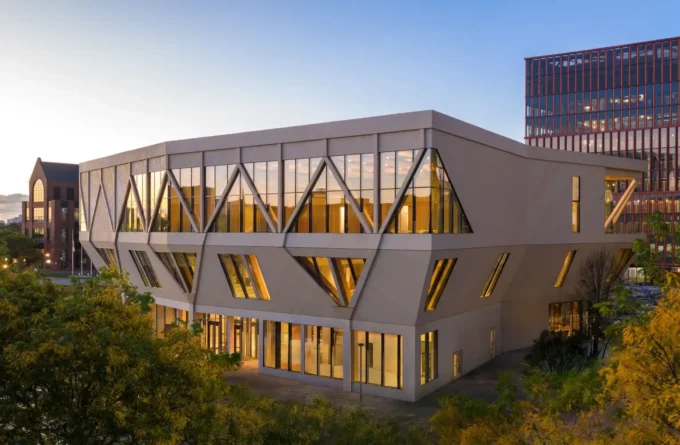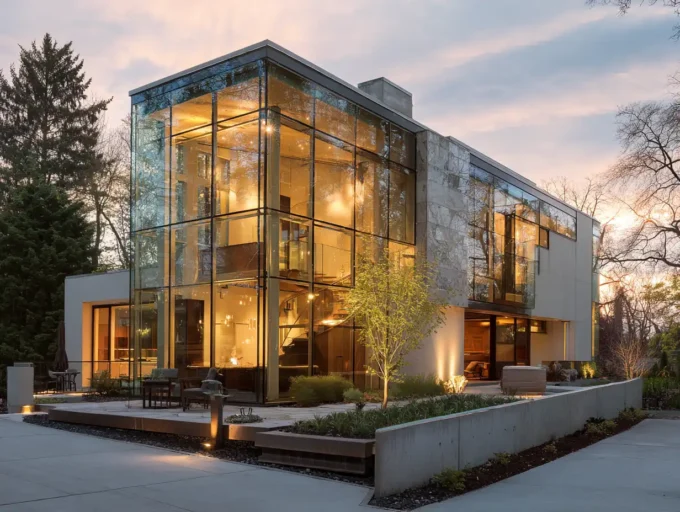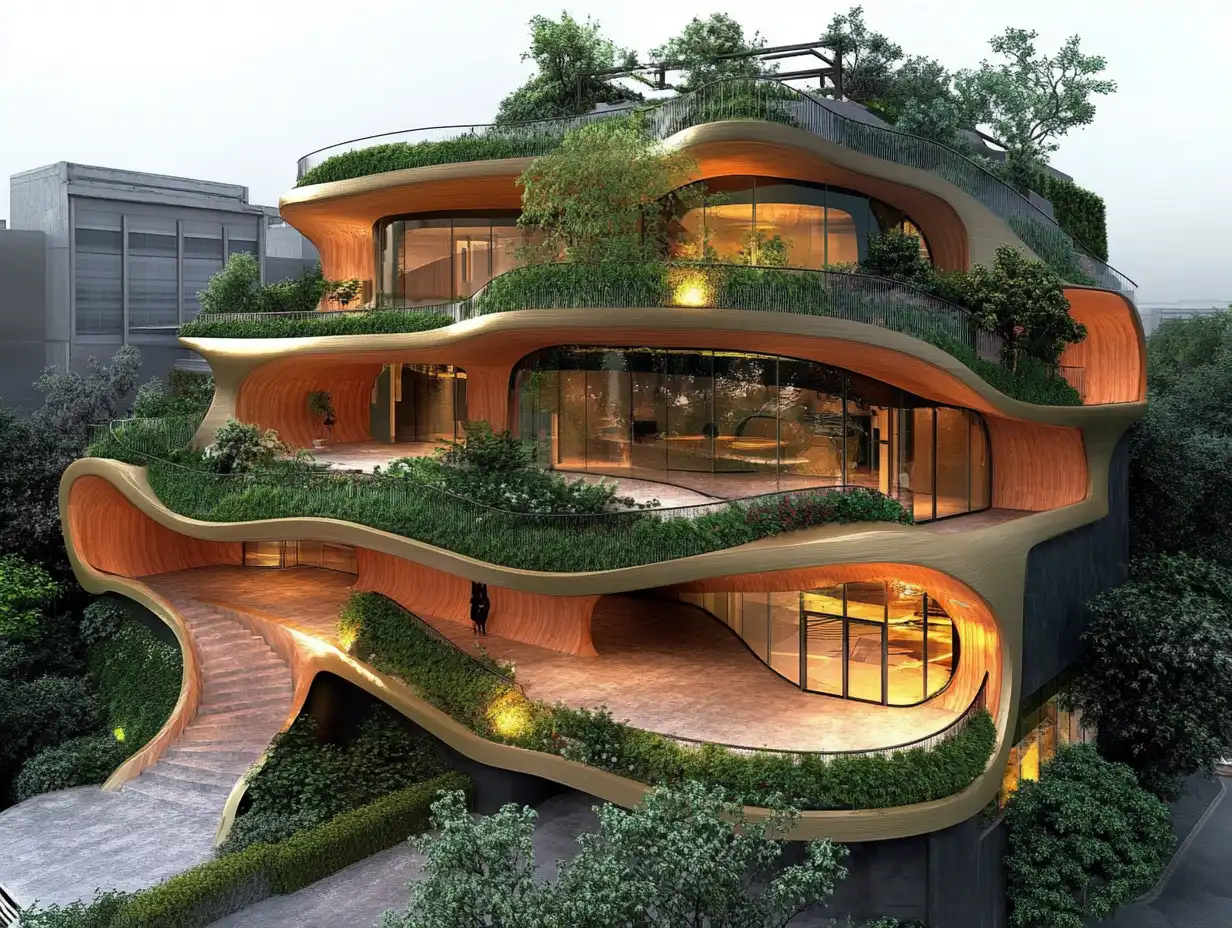We shape buildings, and they shape us. When we talk about the role of architecture in health and well being, we’re talking about air we breathe, light that sets our sleep cycles, streets that invite us to move, and spaces that calm our nervous systems. In this guide, we connect research to practice so we can design places that measurably improve physical, mental, and social health.
Why Architecture Matters for Health
The Built Environment as a Determinant of Health
Where we live, work, learn, and heal influences our lifespan as much as clinical care. Buildings modulate exposures, light, noise, air, temperature, and shape behaviors like activity, rest, and social connection. Poorly designed environments add risk: supportive ones enable healthy defaults.

From Risk Reduction to Salutogenic Design
We can go beyond code compliance. A salutogenic lens asks: how does this place create health? That means prioritizing daylight, active movement paths, restorative views, clean materials, and social coherence, not just removing hazards, but actively cultivating resilience and thriving.
Core Principles and Evidence
Biophilic Patterns and Nature Connection
Exposure to nature reduces stress and improves cognitive performance. We can use biophilic patterns, prospect/refuge, biomorphic forms, materiality like wood and stone, and access to real plants and water, to deliver measurable benefits, from lower heart rates to faster recovery times.

Human-Centered and Trauma-Informed Approaches
Design should honor dignity and predictability. Clear sightlines, choice of seating, adjustable lighting, and quiet zones reduce triggers and support people with anxiety, PTSD, or sensory sensitivities. When people feel safe and in control, adherence, learning, and productivity rise.
Post-Occupancy Evaluation and Health Metrics
Let’s measure what matters: indoor air quality, thermal comfort, noise levels, sleep quality, step counts, and satisfaction. Post-occupancy evaluations tied to standards (e.g., WELL, Fitwel) help close the loop, turning buildings into continuous-improvement platforms.
Environmental Quality Inside Buildings
Daylight, Views, and Circadian Rhythm
Daylight aligned with the solar cycle supports melatonin, alertness, and mood. We should prioritize window placement, glare control, high-transmittance glazing, and view depth to nature or activity. Layer electric lighting with tunable spectra where appropriate.

Indoor Air Quality, Ventilation, and Filtration
Ventilation rates beyond minimums, MERV-13+ filtration, and source control of VOCs are non-negotiable. Monitor CO2, PM2.5, and humidity: specify low-emitting materials and demand robust commissioning.
Acoustics, Vibration, and Noise Control
Quiet is a health resource. Use sound-absorbing finishes, decouple mechanical equipment, and set noise criteria (NC/RC) by program type. Provide acoustic privacy where sensitive conversations occur.
Thermal Comfort, Humidity, and Material Health
Comfort isn’t a single temperature. Offer operable windows where feasible, localized controls, and maintain 40–60% RH to limit pathogens and mold. Choose materials with transparent disclosures and avoid chemicals of concern.
Mental Health, Experience, and Inclusion
Wayfinding, Coherence, and Cognitive Load
Intuitive circulation, sightline anchors, and consistent cues reduce stress. Color, landmarks, and tactile or auditory signals support diverse users and cut wayfinding time.

Privacy, Prospect, Refuge, and Perceived Control
People need options. Combine open areas (prospect) with nooks (refuge), let users adjust light and sound, and provide furniture that enables subtle social boundaries.
Neurodiversity, Sensory Modulation, and Lighting Strategy
Offer sensory gradients, quiet rooms, dimmable task zones, and materials with low visual noise. Avoid flicker: use high-CRI lighting and limit blue-rich light in evenings to protect sleep.
Community and Urban Scale Well-Being
Walkability, Transit, and 15-Minute Neighborhoods
When daily needs sit within a short walk or ride, physical activity rises and emissions fall. We can align land use, safe crossings, and bike infrastructure to make movement the easy choice.

Green and Blue Spaces, Heat Mitigation, and Airshed Quality
Tree canopy, parks, and water edges cool cities and reduce stress. Cool roofs, permeable surfaces, and connected greenways combat heat islands while improving local air quality.
Social Infrastructure, Safety, and Third Places
Libraries, plazas, and cafes are health assets. Eyes-on-the-street design, lighting, and mixed uses foster belonging and reduce crime fear.
Resilience, Climate Risk, and Public Health Preparedness
Design for extremes, backup power, floodable ground floors, passive survivability, and community rooms that convert to relief hubs. Resilience is preventive healthcare at city scale.
Applying the Principles in Key Settings
Healthcare Facilities
Short, clear corridors, daylight in patient rooms, nature views, and decentralized nurse stations cut stress and errors. Use antimicrobial-cleanable yet non-toxic finishes: provide family zones that support care.

Workplaces and Offices
Prioritize fresh air, daylight, movement paths, and varied focus/meeting zones. Offer quiet rooms, phone booths, and ergonomic setups: track IAQ and feedback in real time.
Homes and Multifamily Housing
Healthy homes start with ventilation, filtration, moisture control, and low-emitting materials. Add operable windows, acoustic separation, and access to shared green space.
Schools and Campuses
Good acoustics and daylight improve test scores and attendance. Provide safe outdoor learning areas, inclusive restrooms, and clear wayfinding to reduce anxiety and support all learners.
Conclusion
If we accept that the built environment is a powerful determinant of health, design becomes a public health practice. When we pair evidence with empathy, clean air, restorative light, inclusive spaces, resilient neighborhoods, we don’t just reduce harm: we create conditions for people to thrive. That’s the role of architecture in health and well being, and it’s work we can start with the next drawing we issue.
- architectural health solutions
- architecture and human health
- Architecture and well-being
- architecture for health
- architecture impact on health
- architecture in healthcare
- built environment for health
- design for healthy environments
- design for wellness
- designing for wellness
- health and well-being design
- health architecture
- health-centric design
- health-oriented architecture
- healthy architecture principles
- healthy buildings
- sustainable health design
- well-being design
- wellness architecture strategies
- wellness-focused architecture
















Leave a comment